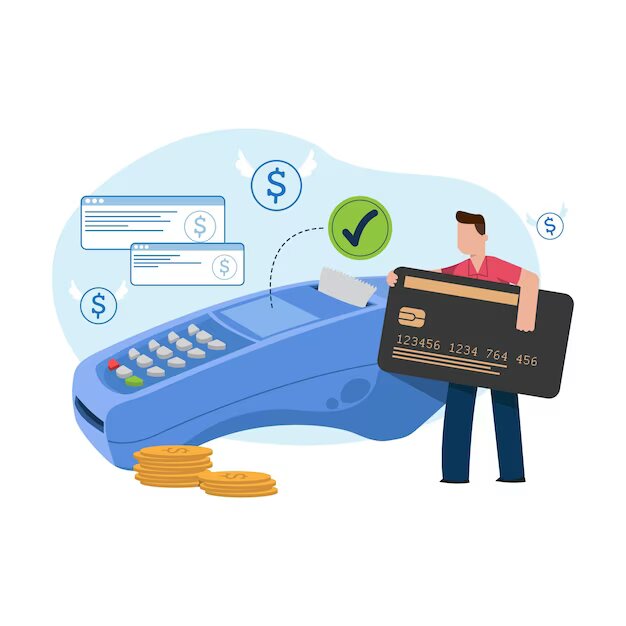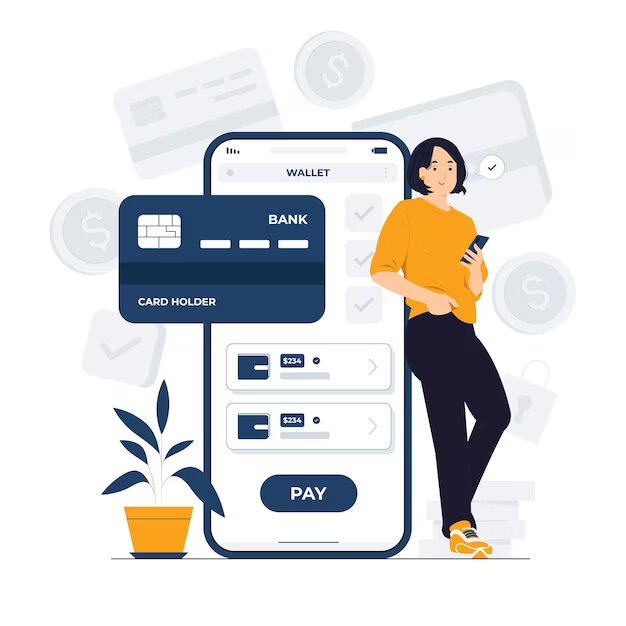Driven by relentless technological innovation and changing consumer preferences, the future of cashless societies is only rapidly unfolding as we move deeper into the digital age and the concept of online finance emerges, and reshapes the way we communicate and manage finances.
In this growing online-only economy, the use of physical currencies is becoming obsolete, to be replaced by electronic payment methods and digital payment methods. How convenience and its efficiency in cashless transactions have fueled this shift, as individuals, businesses and governments embrace the speed and ease of online transaction networks.
A major factor driving the shift towards online-only finance is the growing popularity of mobile payment methods and digital wallets. This technology allows users to make easy payments, transfer funds and manage their finances using mobile devices, reducing reliance on traditional banking systems. As smartphones become ubiquitous, these options will provide unprecedented convenience and accessibility.
Additionally, Chrips units such as Bitcoin, Ethereum, etc. play an important role in shaping the future of blockchain technology and crypto positions, selecting the seals, and reducing the cost of the financial system. Kachen Power only online finance It provides its integration in parts.
While the transition to a cashless society offers some benefits, it also raises concerns about privacy, security and inclusion. Striking a balance between convenience and protection of individual rights will be critical to the development of these online-only economies.
In conclusion, the future of cashless countries depends solely on the growth of online finance, driven by the convergence of mobile payment technology, digital currency and blockchain innovation As we navigate this transformative environment, challenges to overcome addressing and ensuring inclusion will be essential to seeing it all in a possible cashless future.











